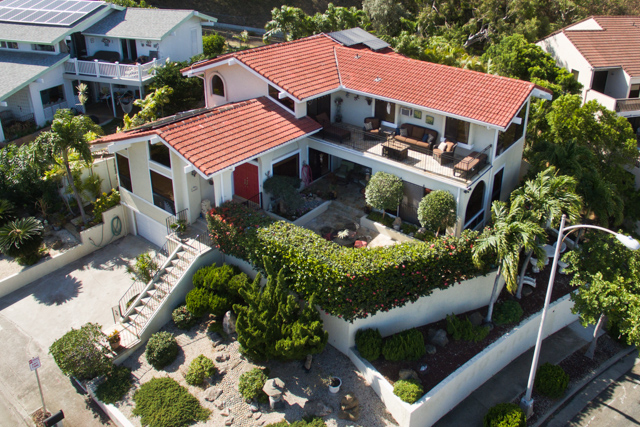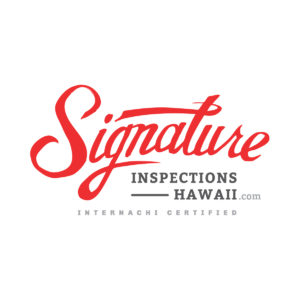- lack of consistency and reliability. Solar systems rely on the steady absorption of sunlight — particularly, subatomic particles called photons — which can be easily deterred. The following factors limit the availability of sunlight:
- latitude. Although solar power is an option almost anywhere on the planet in at least some capacity, efficacy falls sharply as distance from the equator increases. Residents of Vancouver, Canada, and St. Petersburg, Russia, for instance, are at a significant solar disadvantage.
- clouds. Clouds diminish the power of solar panels, especially in habitually foggy or overcast regions. According to the National Renewable Energy Laboratory, “[T]he solar resource during foggy or low-cloud conditions is approximately 10% of the value under clear-sky conditions.” Solar arrays in Denver, Colorado, would rarely be obscured by clouds, as that city experiences only 30 to 40 overcast days per year. Hilo, Hawaii, despite its proximity to the equator, receives rain an average of 277 days per year, which might make it a poor choice for solar-power generation.
- night. The Earth itself is a rather large obstruction, and it acts nightly to disturb the flow of photons to helplessly immobile solar arrays.
- size. To power an entire building, a large solar array is required. It’s unfortunate that photovoltaic technology is still in its infancy but, for now, we must build large arrays to compensate for the inefficiencies of single panels. A bulky mechanical orientation
 system may also be required to turn the panels as they follow the sun across the sky. Batteries, too, can take up a fair amount of space.
system may also be required to turn the panels as they follow the sun across the sky. Batteries, too, can take up a fair amount of space. - panel deterioration. Like anything else left out in the sun, solar panels gradually become damaged by ultraviolet radiation. Rain, snow, dirt, temperature fluctuations, hail and wind also pose serious hazards.
- cost. The number of solar array panels needed to capture energy for an entire home typically costs tens of thousands of dollars, making the electricity they produce cost substantially more than that provided by conventional power sources. Solar proponents quickly point out the considerable local and state government subsidies and tax credits, which essentially divert the financial burden to taxpayers. Another consideration is that the expansive battery banks needed for solar arrays are typically not covered under the warranty for the panels themselves. They also don’t last nearly as long as the panels, and it may cost $100 or more for each battery’s replacement. Solar panels, however, are getting more affordable and efficient as the technology develops, perhaps to the point where un-subsidized solar power will be more affordable than conventional coal, gas, nuclear or hydroelectric energy sources.
- environmental pollutants. A few of the more notorious substances contained in panels and associated equipment include:

- cadmium. When sealed inside solar panels, cadmium is harmless. If leaked from the panel, cadmium can inflict serious environmental damage. Panels must be disposed of with extreme care in order to keep this carcinogenic substance from leeching into soil and water.
- lead. Batteries, specifically deep-cycle, lead-acid batteries, are required by solar arrays to ensure a constant supply of electricity. They contain lead and sulfuric acid, which are both highly toxic, especially to marine creatures. Lead has been found to cause a number of impairments in children, including developmental disabilities. However, most of the material in dead batteries is recoverable if the batteries are recycled, as long as consumers make the effort.
- roof considerations. Solar arrays are often installed on building roofs to make use of the large, empty, sunny space. As a consequence, repairs to the underlying roof become quite tricky and often require disassembly of the solar installation before even routine roof maintenance can be performed. It’s good practice to perform needed roof work before the initial installation of a solar system to prevent future headaches.
- appearance. Like it or not, solar arrays speak loudly, and neighbors and passersby will take notice of the systems. Many homeowners are understandably reluctant to install a large solar array on an otherwise attractive tile roof. This issue is being addressed through the development of photovoltaic shingles, windows, and other technologies that blend more seamlessly with existing roof surfaces.
Signature Inspections Hawaii, LLC, is FULLY Insured & “NATIONALLY CERTIFIED” by InterNACHI. InterNACHI also requires inspectors to continue their education through accredited courses, conferences, online learning, etc… and annual Inspector Certificate Testing in order to hold a current certificate.
Contact Us Today || Book You Inspection Now
808.388.3425
Trevor Drinen | CPI Certified Professional Inspector # NACHI16122702
*For a more detailed explanation of the inspection process please feel free to visit: InterNACHI Residential Standards Of Practice and InterNACHI Code Of Ethics .






 system may also be required to turn the panels as they follow the sun across the sky. Batteries, too, can take up a fair amount of space.
system may also be required to turn the panels as they follow the sun across the sky. Batteries, too, can take up a fair amount of space.


